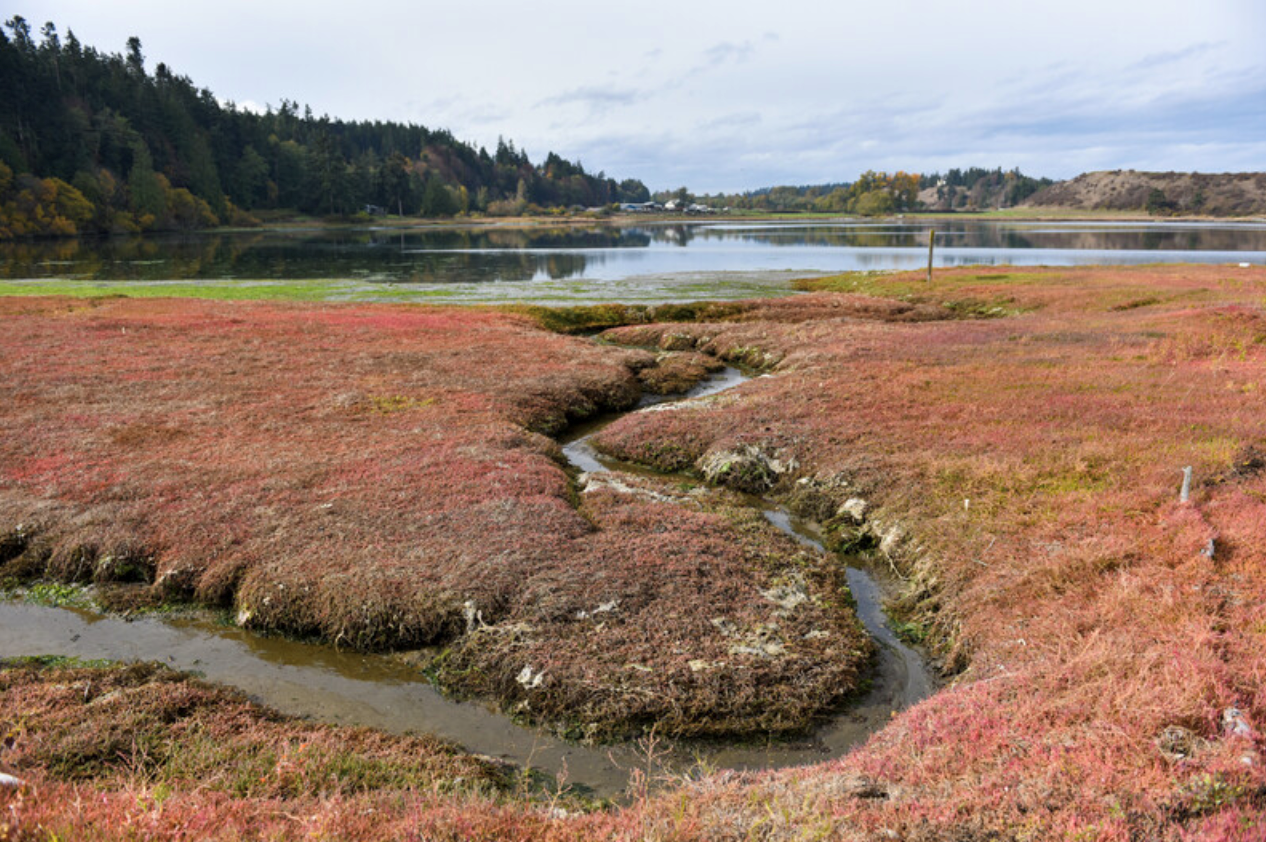Atmospheric, Climate,
and Earth Sciences Division
Atmospheric, Climate,
and Earth Sciences Division
Coastal

Approximately 17 percent of land area in the United States is in coastal zones. These areas house more than half of the U.S. population and play a key role in numerous natural processes. Coastal areas are particularly vulnerable to extreme weather events and changes due to human influence. As sea levels rise and storms grow more intense, so does the need to understand the vulnerability and resilience of coastal areas.
The complex nature of coastal zones makes them challenging to accurately model. These regions involve interactions between the land, atmosphere, rivers, open water, and human infrastructure. Each individual component provides a piece of the overall picture, but developing a comprehensive view of coastal areas requires integrating multiple systems.
Research at PNNL strives to understand how different factors, ranging from increased temperatures to changes in land use, affect the behavior of coastal systems. The factors can be highly local or manifestations of larger global processes. This approach focuses on the complexity of coastal zones while acknowledging the importance of individual components.
A central piece of research about coastal regions is the Integrated Coastal Modeling (ICoM) project, led by PNNL. This large, multi-institutional effort takes an integrated approach that brings together multiple modeling tools to represent both extreme events and long-term changes in human and natural systems.
The Coastal Observations, Mechanisms, and Predictions Across Systems and Scales Great Lakes Modeling (COMPASS-GLM) project also employs PNNL’s substantial modeling capabilities. COMPASS-GLM is focused on enhancing our predictive understanding of freshwater coastal systems, particularly how they respond to climate warming, land use land cover change, and other perturbations at watershed-to-regional scales.
These projects demonstrate the current and growing expertise at PNNL for modeling regional coastal systems.